The Book of Amos is the third of the Twelve Minor Prophets in the Old Testament (Tanakh) and the second in the Greek Septuagint tradition. According to the Bible, Amos was an older contemporary of Hosea and Isaiah, and was active c. 750 BC during the reign of Jeroboam II of Samaria, while Uzziah was King of Judah. Amos is said to have lived in the kingdom of Judah but preached in the northern Kingdom of Israel with themes of social justice, God's omnipotence, and divine judgment became staples of prophecy. In recent years, scholars have grown more skeptical of The Book of Amos’ presentation of Amos’ biography and background. It is known for its distinct “sinister tone and violent portrayal of God.”
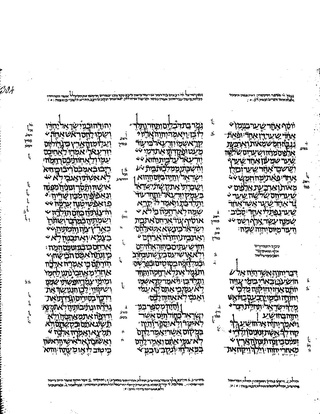
The Book of Zephaniah is the ninth of the Twelve Minor Prophets of the Old Testament and Tanakh, preceded by the Book of Habakkuk and followed by the Book of Haggai. Zephaniah means "Yahweh has hidden/protected," or "Yahweh hides". Zephaniah is also a male given name. The original text was written in Biblical Hebrew.
The Minor Prophets or Twelve Prophets, occasionally Book of the Twelve, is a collection of prophetic books, written between about the 8th and 4th centuries BCE, which are in both the Jewish Tanakh and Christian Old Testament.
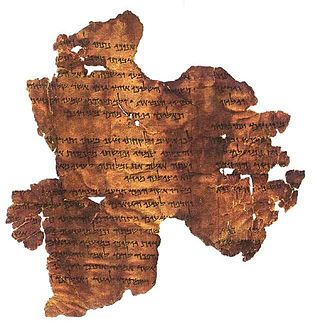
Hosea 1 is the first chapter of the Book of Hosea in the Hebrew Bible or the Old Testament of the Christian Bible. This book contains the prophecies attributed to the prophet Hosea, son of Beeri, and this chapter especially sets forth the spiritual whoredom of Israel by symbolical acts. It is a part of the Book of the Twelve Minor Prophets.

Micah 7 is the seventh chapter of the Book of Micah in the Hebrew Bible or the Old Testament of the Christian Bible. This book contains the prophecies attributed to the prophet Micah, and is a part of the Book of the Twelve Minor Prophets.

Micah 1 is the first chapter of the Book of Micah in the Hebrew Bible or the Old Testament of the Christian Bible. This book contains the prophecies attributed to the prophet Micah, and is a part of the Book of the Twelve Minor Prophets.

Micah 3 is the third chapter of the Book of Micah in the Hebrew Bible or the Old Testament of the Christian Bible. This book contains the prophecies attributed to the prophet Micah, and is a part of the Book of the Twelve Minor Prophets.
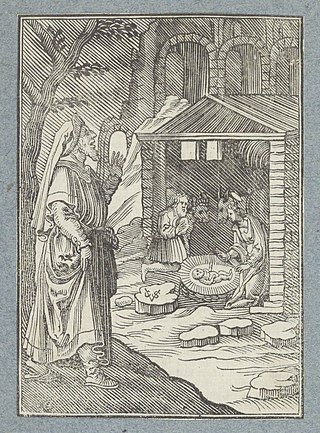
Micah 5 is the fifth chapter of the Book of Micah in the Hebrew Bible or the Old Testament of the Christian Bible. This book ostensibly contains the prophecies attributed to the prophet Micah, and is a part of the Book of the Twelve Minor Prophets.

Micah 6 is the sixth chapter of the Book of Micah in the Hebrew Bible or the Old Testament of the Christian Bible. This book contains the prophecies attributed to the prophet Micah, and is a part of the Book of the Twelve Minor Prophets.

Zechariah 2 is the second of the 14 chapters in the Book of Zechariah in the Hebrew Bible or the Old Testament of the Christian Bible. This book contains the prophecies attributed to the prophet Zechariah, and is a part of the Book of the Twelve Minor Prophets. This chapter is a part of a section consisting of Zechariah 1–8. It records the third of eight visions received by the prophet, followed by an oracle calling the exiles to return to the city where Yahweh is about to dwell and all nations will come.

Zechariah 1 is the first chapter of the Book of Zechariah in the Hebrew Bible or the Old Testament of the Christian Bible. This book contains the prophecies attributed to the prophet Zechariah, and is a part of the Book of the Twelve Minor Prophets. As the first of the 14 chapters in the book, this chapter is a part of a section consisting of Zechariah 1-8. It records an introduction and the first two of eight visions received by the prophet.
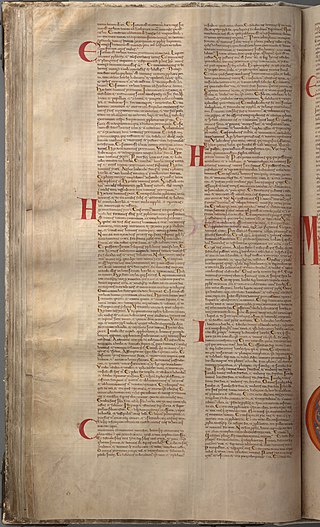
Zechariah 10 is the tenth of the 14 chapters in the Book of Zechariah in the Hebrew Bible or the Old Testament of the Christian Bible. This book contains the prophecies attributed to the prophet Zechariah, and is a part of the Book of the Twelve Minor Prophets. This chapter is a part of a section consisting of Zechariah 9–14.
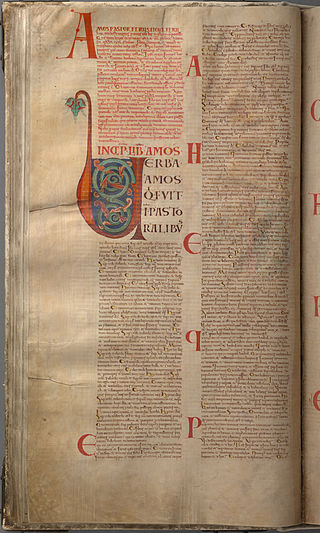
Amos 3 is the third chapter of the Book of Amos in the Hebrew Bible or the Old Testament of the Christian Bible. This book contains the prophecies attributed to the prophet Amos, especially God's extraordinary love, being repaid by Israel with ingratitude, of necessity calls for judgments. In the Hebrew Bible it is a part of the Book of the Twelve Minor Prophets.

Amos 4 is the fourth chapter of the Book of Amos in the Hebrew Bible or the Old Testament of the Christian Bible. In the Hebrew Bible it is a part of the Book of the Twelve Minor Prophets. This book contains the prophecies attributed to the prophet Amos, especially the denunciation of Israel's nobles as Israel is reproved for oppression, Amos 4:1–3, for idolatry, Amos 4:4,5, and for their incorrigibleness, Amos 4:6–13. Jennifer Dines treats Amos 3:1-5:17 as a single literary unit, whereas John Nelson Darby treats each chapter, except for chapters 1 and 2, as "a distinct prophecy".
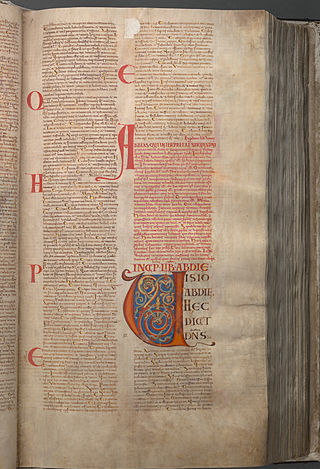
Amos 7 is the seventh chapter of the Book of Amos in the Hebrew Bible or the Old Testament of the Christian Bible. In the Hebrew Bible it is a part of the Book of the Twelve Minor Prophets. This book contains the prophecies attributed to the prophet Amos; in particular, the seventh, eighth, and ninth chapters contain visions and their explanations. This chapter contains three visions: the locusts, the fire, and the plumb-line. The visions are then "interrupted" by a narrative about Amos and his listeners in Bethel, before they continue in chapter 8.

Amos 8 is the eighth chapter of the Book of Amos in the Hebrew Bible or the Old Testament of the Christian Bible. In the Hebrew Bible it is a part of the Book of the Twelve Minor Prophets. This book contains the prophecies attributed to the prophet Amos; in particular, the seventh, eighth, and ninth chapters contain visions and their explanations. This chapter opens with a vision of a basket of summer fruit.

Hosea 2 is the second chapter of the Book of Hosea in the Hebrew Bible or the Old Testament of the Christian Bible. This book contains the prophecies attributed to the prophet Hosea, son of Beeri, and this chapter contains the application of the symbols in the first chapter. It is a part of the Book of the Twelve Minor Prophets.

Hosea 6 is the sixth chapter of the Book of Hosea in the Hebrew Bible or the Old Testament of the Christian Bible. In the Hebrew Bible it is a part of the Book of the Twelve Minor Prophets. This chapter contains prophecies attributed to the prophet Hosea, son of Beeri, including an exhortation to repentance and a complaint against Israel and Judah for persisting still in their wickedness.

Hosea 7 is the seventh chapter of the Book of Hosea in the Hebrew Bible or the Old Testament of the Christian Bible. In the Hebrew Bible it is a part of the Book of the Twelve Minor Prophets. The book contains the prophecies attributed the prophet Hosea, son of Beeri, and this chapter is about Israel reproved for multiple sins resulting in God's wrath against them for their hypocrisy.

Hosea 14 is the fourteenth and final chapter of the Book of Hosea in the Hebrew Bible or the Old Testament of the Christian Bible. In the Hebrew Bible it is part of the Book of the Twelve Minor Prophets. This chapter concludes the prophecies attributed to the prophet Hosea, son of Beeri, with an exhortation to repentance, a promise of God's blessing, and a concluding verse resembling the wisdom tradition.















